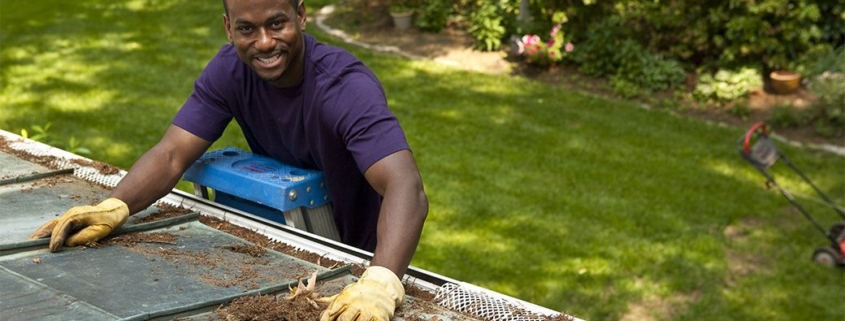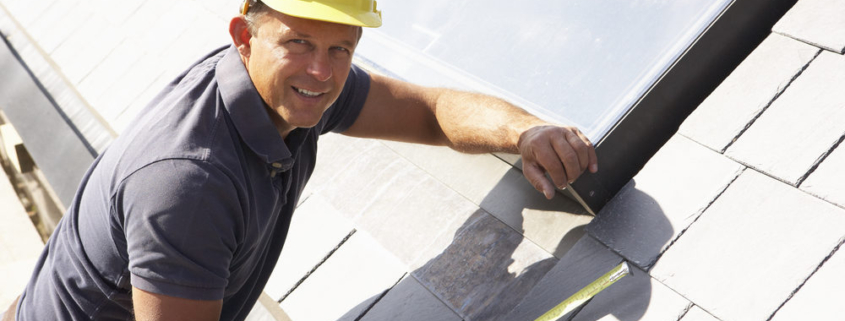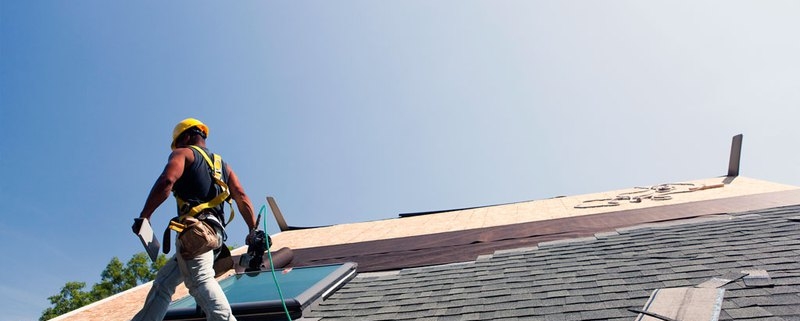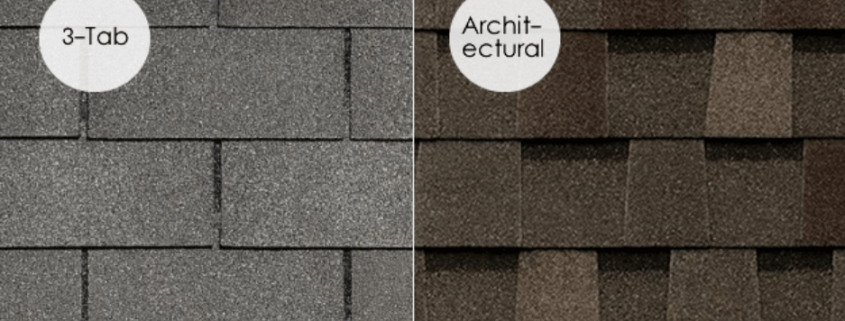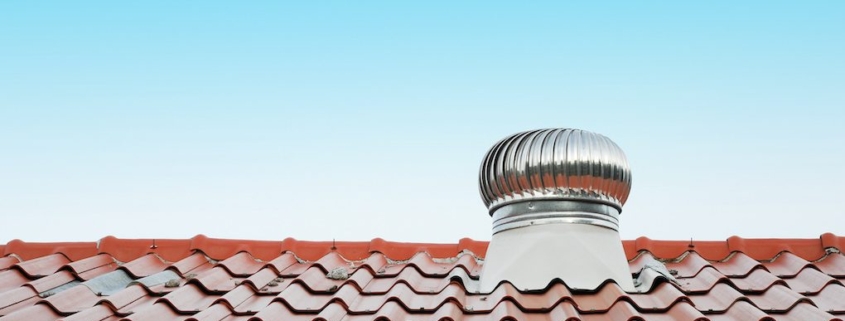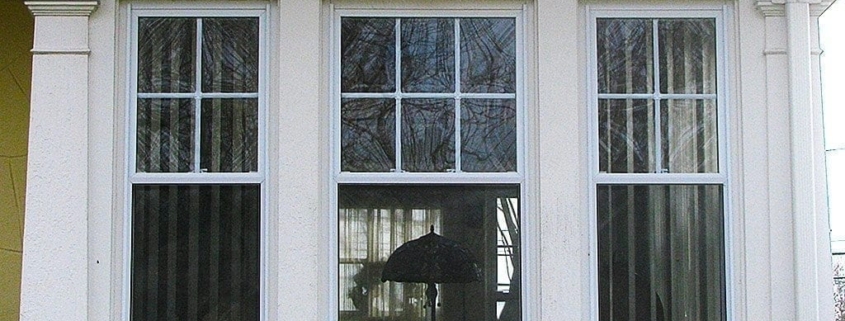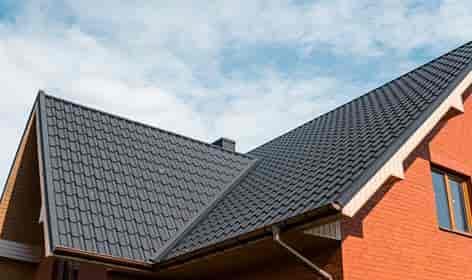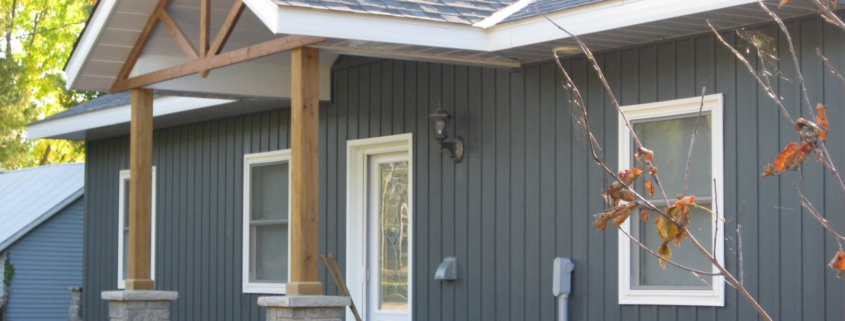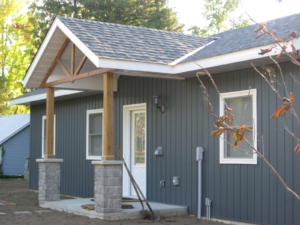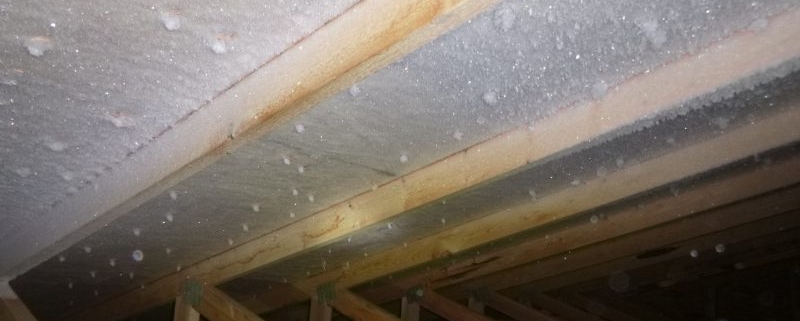
As per Forbes, “There are many benefits and perks of owning a home, but maintaining their home’s gutters is not high on the proverbial list for many people. Although a home’s gutters are not necessarily an aspect of the house that owners can actively enjoy, its required regular maintenance is critical to ensuring that the structural integrity of the home stays intact so that its inhabitants can genuinely enjoy living in the space.
Malfunctioning gutters can result in flooding your home’s basement, accumulated unwanted mold and mildew, and damage to your exterior’s boards and siding. Making sure that your gutters are installed and functioning correctly is a crucial step all homeowners should take, but gutter installation and upgrade are not a one-and-done deal. Here are five tips to help you take care of your gutters so that they can do their job and protect your home.
- Clean Your Gutters Regularly: Experts recommend cleaning out your gutters at least twice a year, ideally in the spring and again in the fall. Remember that if you live in an area heavily populated with trees, you may have to increase your annual gutter cleaning schedule to as frequently as twice a week to keep your gutters clear.
- Install a Gutter Cover or Helmet: Gutter helmets or covers may assist in keeping large objects of debris from clogging up your gutters. A helmet typically snaps onto the top front of the gutter and drains through a cutout at the end, a helmet cover is flat and sits on top of the channel, acting like a drain with its perforated screen.
- Hire a Professional: If the idea of climbing up to the top of your home on a ladder with supplies in tow to inspect and de-clog your gutters sends you into a state of panic, don’t worry. Some companies specialize in home maintenance, so you don’t have to worry about completing the task yourself.
- Upgrade Your Gutters with Guards: Although your home may already be outfitted with gutters, they may need to be upgraded by adding gutter splash guards.
- Check the Position: The positioning of your gutters is critical, and it’s time spent checking these periodically to ensure that it’s just right. Getting it wrong can wreak havoc on your house”.[1]
[1] https://www.forbes.com/advisor/home-improvement/tips-keep-gutters-clean/

